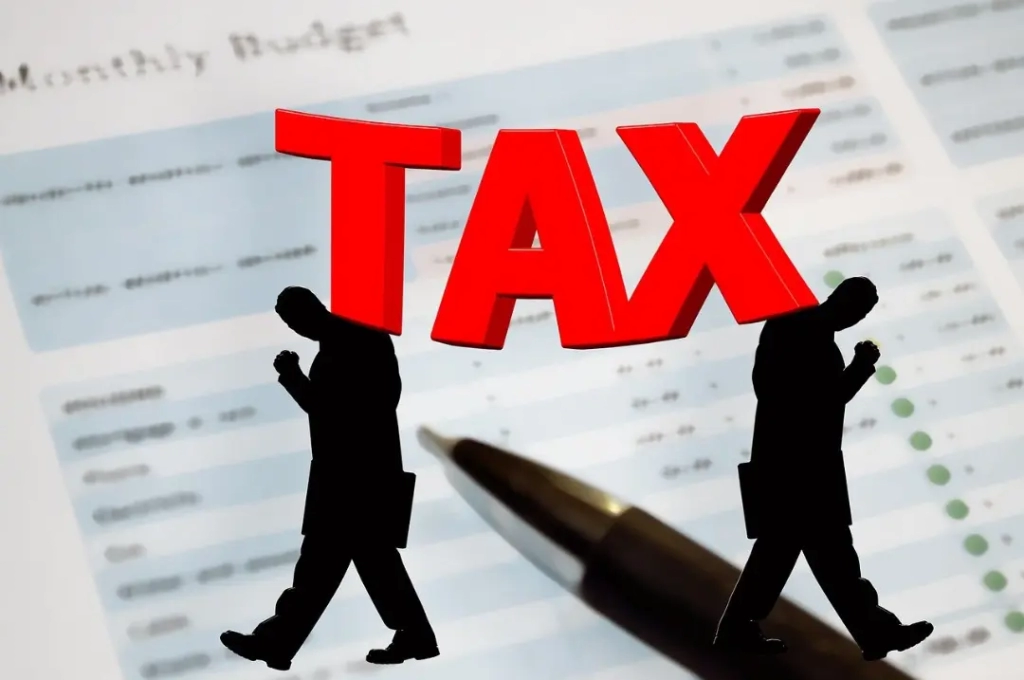How can I minimise the tax implications of an SMSF?
Table of Contents
ToggleManaging an SMSF (Self-Managed Superannuation Fund) can be incredibly rewarding, offering you greater control over your retirement savings and investment choices. However, understanding the tax implications involved can feel like navigating a complex maze.
This blog post will equip you with clear, straightforward strategies to minimise the tax burden of your SMSF. We’ll break down the key tax considerations in simple terms, explain impactful contribution and investment strategies, and guide you through distribution options to maximise your retirement income.
Understanding Your SMSF Tax Rates
Think of your SMSF as having two tax compartments: the accumulation phase and the pension phase. Each has its own tax rates:
Accumulation Phase
15% concessional contributions tax
This applies to your concessional contributions or the money you contribute from your salary or earnings before tax. It’s like a discount on taxes, encouraging you to save for retirement.
15% income tax
This applies to any investment earnings your SMSF generates, such as dividends, interest, or rental income. Think of it as a small fee the government collects on your fund’s growth.
0% capital gains tax (for assets held over 12 months)
This is where it gets exciting! If you invest wisely and hold assets for more than a year, any profits (capital gains) are completely tax-free. Imagine, your investments can grow without the taxman taking a bite!
Pension Phase
0% tax
Once you reach retirement age and start drawing a pension from your SMSF, the good news keeps rolling! All income and capital gains are tax-free. That’s right, enjoy your hard-earned savings without worrying about taxes.
It’s important to note that these are general rates, and there might be some exceptions or nuances depending on your individual circumstances. That’s why seeking professional advice from a qualified financial advisor is crucial. They can ensure you’re optimising your tax benefits and navigating the fine print with ease.
Tax Minimisation Strategies
Now that you’ve grasped the tax landscape, let’s dive into the practical tools – the strategies that can minimise your SMSF tax burden and maximise your retirement income.
Contribution Powerhouse
Concessional Contributions
Take advantage of this tax-friendly avenue! Contribute up to $27,500 annually before tax in most cases, lowering your taxable income and boosting your fund’s growth. For those nearing retirement, “catch-up” contributions offer an extra opportunity to save more.
Non-concessional Contributions
If you have spare cash, consider topping up your SMSF with after-tax contributions. While these attract a 15% tax, they can unlock valuable tax benefits in the retirement phase. Remember, contribution caps apply, so consult your advisor.
Investment Savvy
Tax-Effective Champions
Seek investments like listed shares with franking credits. These credits effectively reduce your tax bill, giving your investments an extra edge. Diversification remains key, so don’t forget to spread your wings!
Asset Allocation Artistry
Balancing your portfolio between growth assets (like shares) and defensive assets (like bonds) can help manage tax implications. Your advisor can guide you in crafting a personalised mix based on your risk tolerance and goals.
Negative Gearing (Caution!)
Negative gearing involves borrowing to invest in assets that generate rental income, potentially offsetting income from other sources and reducing your tax bill. However, it carries risks and complexity, so seek professional advice before venturing down this path.
Distribution Precision
Tax-Free Pension Bliss
Once you reach retirement age, enjoy the fruits of your labor! Withdrawing funds as a pension means no taxes on income or capital gains. It’s the golden ticket to maximising your retirement income.
Lump Sum Choices
While tempting, withdrawing a lump sum incurs taxes unless you meet specific eligibility criteria. Weigh the tax implications carefully with your advisor before making a decision.
Timing Finesse
Strategically drawing funds throughout the year can help optimise your tax benefits. This might involve timing asset sales or pension payments, and your advisor can guide you through the intricacies.
Administrative Ace
Record-Keeping Hero
Meticulously maintain records of contributions, investments, and transactions. This transparency minimises the risk of tax audits and ensures smooth sailing with the ATO.
Deductible Expense Eagle
Claiming legitimate SMSF expenses, like accounting fees, can further reduce your tax bill. Remember, your advisor can help identify eligible expenses.f
Remember, these are just snapshots. Each strategy has its nuances and potential drawbacks, which is why consulting a qualified financial advisor is crucial. They can tailor these strategies to your specific circumstances and help you navigate the complexities to achieve your retirement goals.
Conclusion
Navigating the nuances of SMSF taxation requires expertise and experience. That’s why seeking professional advice from a qualified financial advisor is paramount. They can delve deeper into your specific needs, assess your individual circumstances, and craft a personalised plan that optimises your tax benefits and aligns with your retirement goals.
We, at Wealth Factory, understand that managing an SMSF can feel overwhelming. But fret not! We’re here to empower you with knowledge and guide you every step of the way. Contact us today for a free consultation and let’s unlock the full potential of your SMSF, hand-in-hand.
Together, let’s navigate the tax maze with confidence and ensure a secure, tax-efficient retirement for you and your loved ones.









